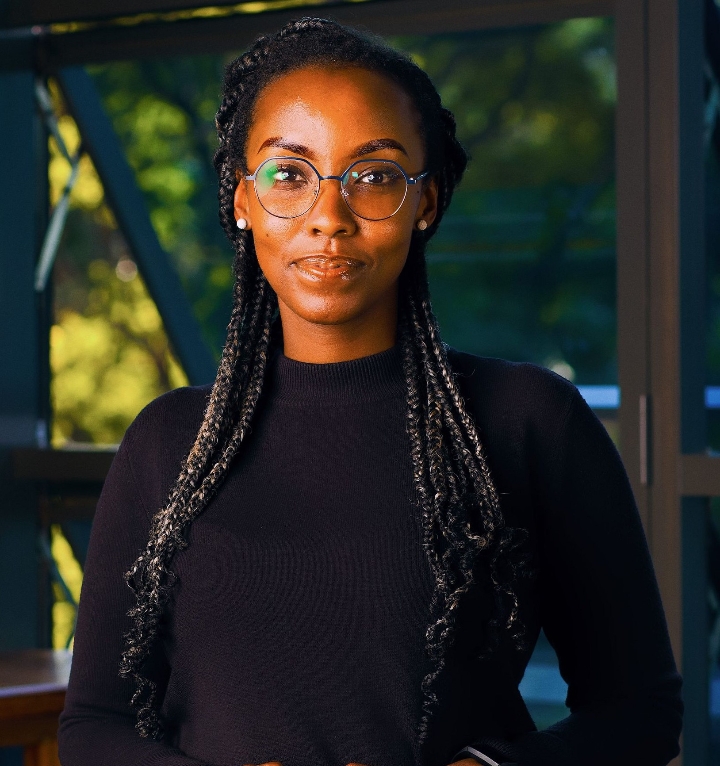Vanessa Gatheca is an economist, policy researcher working at the intersection of global governance, human welfare and sustainable development in the Global South.
In this interview, she discusses the impact, inclusivity, and innovation of cultural and creative industries in Kenya
- What are the key research questions or themes that your research project aims to explore, and how do they align with contemporary artistic trends or cultural debates?
In our research project, the main themes brought out were social, economic, political and cultural. This is because Cultural and Creative Industries in Kenya have been for years relevant in shaping narratives in all the aforementioned while generating income from the same.
At the same time, political and economic instability affects the purchasing power of individuals who pay to be entertained by these creative practitioners. This impacts their ability to make a sustainable income from their work, impacting already existing business models.
- How do you plan to engage with local artists, scholars, and cultural practitioners to ensure your research project reflects diverse perspectives and contributes to the cultural landscape of your country?
The data collection process was carried out through Focus Group discussions and interviews. Nairobi has always been used as the lens through which creatives perform and are supported. With this in mind, we focused our work in the counties of Kilifi,
Kisumu, Nyeri and Uasin Gishu giving us a different perspective from our practice in Kenya’s capital.
- Can you share any innovative research methodologies or interdisciplinary approaches you are using to examine the intersection of arts, culture, and society in your project?
We carried out a mixed methods research approach that incorporated qualitative and quantitative research in order to provide us with a comprehensive understanding of the state of Cultural and Creative Industries in Kenya, during the post-pandemic era.
Applied Research is utilized as some of the insights and recommendations have been used to collate resources for capacity-building exercises for members of our community and the 4 counties we worked with.
- In what ways does your research project address issues of social or political relevance, and how do you anticipate it will contribute to broader discussions and debates in the field?
Our research highlighted issues of diversity and inclusion in the Cultural and Creative
Industries in Kenya including some of the interventions and approaches on improving access to funding resources, creating opportunities, fostering a culture of inclusivity and more.
The report also brings to light the importance of well-being for creative practitioners and other sustainable practices throughout the creative process.
The Cultural and Creative Industries (CCIs) have been significant for encouraging discourse and drawing attention to matters of public interest. In a country such as Kenya which has been marred with ethnic tensions that have often snowballed into ethnic violence, we discussed the CCI’s ability to change the political narratives often spread with the goal of disinformation and malinformation.
Our research project underlined the impact of these spaces in amplifying marginalized voices, mobilizing communities and challenging existing power structures.
- How did the Culture Connects grant support the implementation and dissemination of your arts research, and what opportunities do you envision it creating for knowledge exchange and collaboration?
Baraza Media Lab is currently working on building an online learning platform that is accessible to the members of our community and the general public.
The Research Grant provided by the British Council was very significant in helping us reach 4 counties outside of Nairobi in the first phase of this project. It also helped us collaborate with Creative Hubs in Malindi, Kisumu, Eldoret and Nyeri where the practitioners mentioned experiencing low engagement with stakeholders as resources have always been concentrated in the capital.
- What are your aspirations for the impact of your research project, both within academic or artistic communities and on wider society? How do you plan to communicate and engage with different audiences to achieve these goals?
Internally, we have been working on various ways to disseminate the first phase of the report.
We have received requests from various creative practitioners in other counties requesting us to carry out this exploratory work in order to bridge the gap between knowledge and relevant interventions.
Our aim for this project is to encourage more co-creation, especially in the wake of unpredictable economic times where resource availability is limited. We are already having conversations on the same and have gone out to various Counties to build a larger community under Baraza creative practitioners.
For stakeholders in the industry, we hope that the evidence and insights can inform policy development, and facilitate decision-making processes and resource-planning strategies.
After identifying innovative approaches, interventions, or strategies that can address the problems CCI practitioners are experiencing, our hope is that we can work together to improve the existing practices, procedures and down to the business models and methodologies. This is while creating practical innovations that address industry-specific needs.
Our goal is to generate actionable solutions for sustainable income generation for creative practitioners in Kenya.





